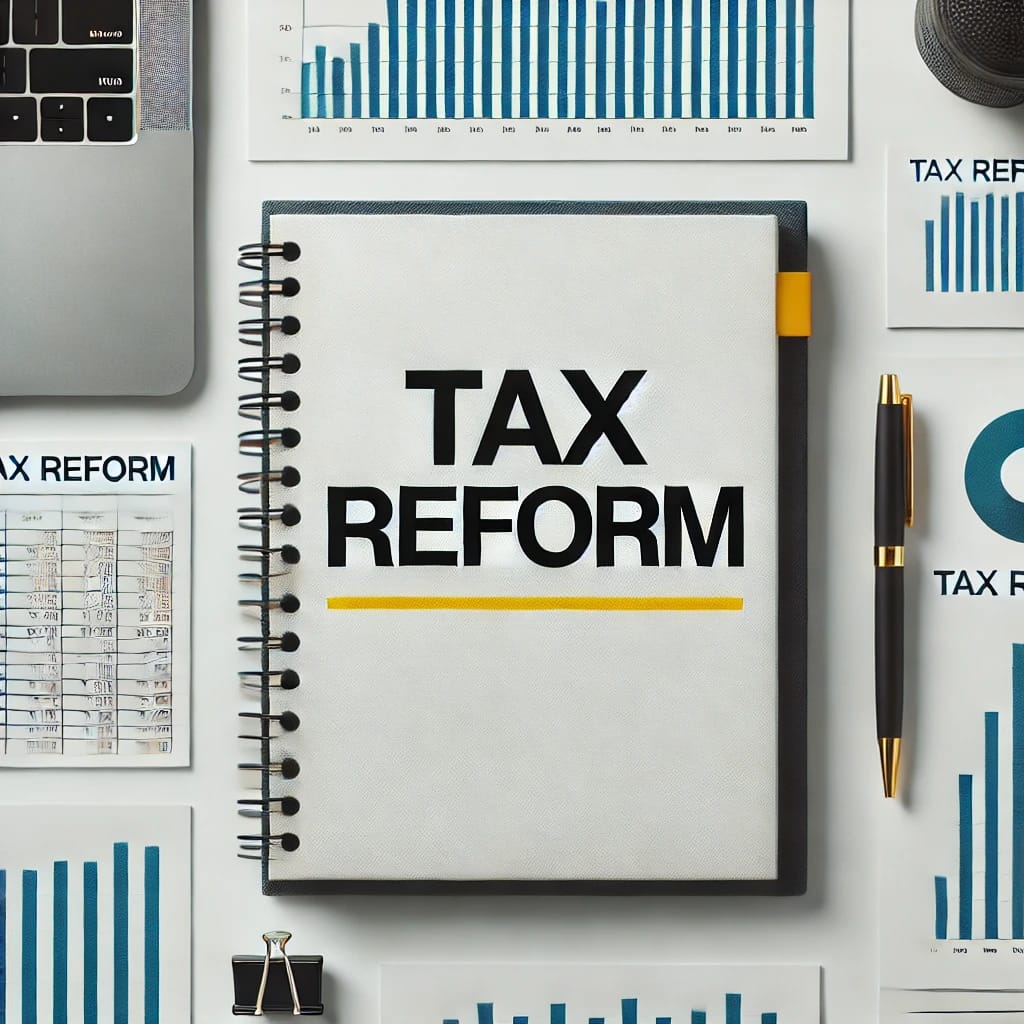
India’s Third Attempt at Tax Reform: A Critical Moment for Change
By: Admin
Date: January 22, 2025
Categories: Income Tax News, News
Reading Time: 4 Min
Introduction: Mounting Taxpayer Concerns
As India prepares for its third attempt to reform the six-decade-old tax code, dissatisfaction among taxpayers continues to grow. Despite only 7% of the population filing returns, the middle class — a group vital to Prime Minister Narendra Modi’s electoral success — feels the weight of the current system.
Two previous reform efforts in 2010 and 2019 failed to address these concerns. Now, with the next attempt expected after February’s budget, the government must prioritize equity and efficiency.
Challenges with India’s Tax System
A Narrow Tax Base
India’s tax base remains limited. Of the 75 million taxpayers, nearly 47 million (63%) pay no income tax. Meanwhile, just 40,000 individuals contribute at least $100,000 annually, accounting for less than 20% of collections.
The middle class, however, shoulders over four-fifths of income tax revenue. This disparity places an undue burden on them.
High Consumption Taxes
In addition to income taxes, high consumption taxes like GST and levies on capital gains add to the frustration. Poorly maintained infrastructure, despite toll collections, exacerbates the issue. As a result, the middle class feels pressured when both earning and spending.
Proposed Solutions
1. Expanding the Tax Base
To widen the tax net, India must transition the 600-million-strong workforce from tax-exempt agricultural and informal sectors to higher-paying formal jobs.
While this is a long-term goal, the government can offer immediate relief to the middle class in the upcoming budget.
2. Simplifying Tax Laws
The current tax code is complex, making compliance burdensome for individuals and businesses alike. Streamlining the system with simpler provisions is essential to improve efficiency.
3. Revisiting GST Rates
Reducing GST rates to a uniform 12% and including petroleum products could significantly benefit consumers. However, this requires cooperation from all 28 state governments, which may take time to achieve.
4. Focusing on Fiscal Balance
To reverse the economic slowdown, the government could delay the budget deficit reduction target of 4.5% of GDP by 12 months. This would allow more investment in infrastructure projects.
Why Reform Is Urgent
External Pressures
India faces challenges from global trade policies and rising US interest rates. These factors threaten foreign investments and economic stability.
A poorly implemented tax overhaul, like the retrospective tax changes in 2012, could damage investor confidence and weaken the rupee.
Domestic Concerns
At home, the middle class’s shrinking confidence is a pressing issue. Increasing their spending power would strengthen household finances, boost corporate investments, and create jobs, ultimately lifting economic growth.
Key Takeaway: A High-Stakes Reform
With fiscal flexibility limited and taxpayers demanding relief, the upcoming tax reform represents a critical opportunity. A fairer and simpler tax code that eases the burden on the middle class while expanding the tax base is essential.
This time, India must hit the target.
